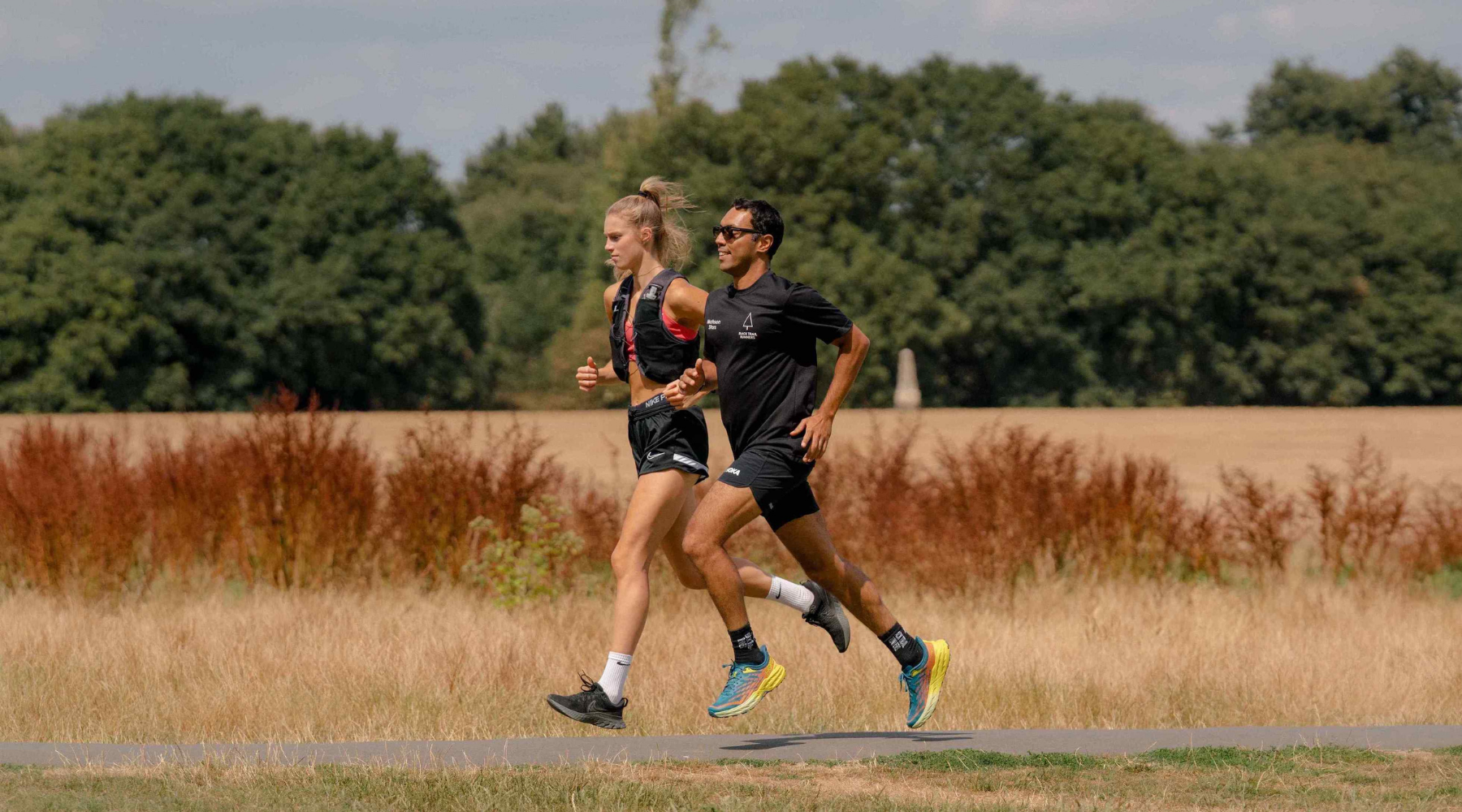
VO₂max Training: Your Endurance Upgrade with Lifelong Benefits
VO₂max isn’t just a performance metric for elite athletes — it’s one of the most powerful indicators of both athletic potential and long-term cardiovascular health. Whether you’re training for a marathon, gravel race, triathlon or simply to feel stronger and live longer, increasing your VO₂max is one of the smartest endurance upgrades you can make.
What is VO₂max and Why Does It Matter?
VO₂max (maximal oxygen uptake) measures how efficiently your body uses oxygen during high-intensity exercise. The higher your VO₂max, the better your endurance engine — meaning you can go faster, harder, and longer.
In fact, a large-scale study published in JAMA (2018) linked higher VO₂max to significantly lower risks of cardiovascular disease and mortality. Put simply: VO₂max training isn’t just about podiums — it’s a long-term investment in health and performance.
Top benefits of VO₂max training:
-
✅ Increases aerobic capacity for cycling, running, and triathlon
-
✅ Strengthens your heart and lungs
-
✅ Improves metabolic efficiency and fat oxidation
-
✅ Enhances recovery and endurance performance
How Hard is VO₂max Training?
VO₂max workouts are tough — but targeted. You’ll be working at:
-
RPE 9/10 – breathing hard, unable to hold a conversation, but not a full sprint
-
90–95% of your maximum heart rate
-
Effort that feels intense but controlled — sustainable for short bursts
This intensity places a high demand on your cardiovascular and muscular systems, making it one of the most effective ways to increase endurance and peak performance.
Top VO₂max Workouts for Endurance Athletes
Whether you’re a cyclist, runner, or triathlete, here are three science-backed VO₂max workouts to build your aerobic ceiling:
Fast Start Intervals (Rønnestad et al., 2020)
A breakthrough protocol that ramps intensity quickly to get you into the VO₂max zone — and keeps you there longer, with less mental fatigue.
How:
➤ 3–5 sets of:
- 30 sec very hard
- 3.5 min hard
- 2–3 min recovery between sets
Why: Triggers a faster physiological response with higher time at VO₂max compared to steady intervals.
Billat 30/15s (Running & Multi-Sport)
Short, repeatable efforts that stimulate VO₂max without burning you out.
How:
➤ 30 sec hard / 15 sec easy — repeat 20 times (10 minutes total work)
Why: Keeps heart rate and oxygen uptake high while allowing micro-recoveries.
🚴 4x4 Minute Intervals (Norwegian Protocol for Cyclists & Runners)
How:
➤ 4 mins at 90–95% max HR / 3 mins recovery
Why: Proven to improve cardiovascular efficiency and high-intensity endurance.
How Often Should You Train VO₂max?
1 session per week is enough.
Your body needs time to recover and adapt — and variety is essential for endurance training success. More isn’t better.
Balance VO₂max with:
-
Aerobic base training
-
Strength sessions
-
Threshold workouts
-
Recovery days
Fuel Your VO₂max Sessions for Success
High-intensity training places extra stress on your system — so smart fuelling and hydration are non-negotiable:
-
🥤 Fuel up if training in the evening or following a long workday — a fast-absorbing energy gel like Neversecond C30 Energy Gel or a carbohydrate-rich sports drink can make the difference between a strong session and a bonk.
-
💧 Hydrate with electrolytes if you’re sweating heavily or training in the heat — don’t rely on water alone.
Final Thoughts: The Endurance Edge That Lasts a Lifetime
VO₂max training is a proven way to elevate your endurance performance and support lifelong cardiovascular health. Whether you’re chasing a new PB, climbing stronger on the bike, or simply want more energy for everyday life — investing in your aerobic capacity pays dividends.
Consistency, recovery, and strategic fuelling are key. One focused VO₂max session a week, properly fuelled and followed by rest, can transform your training.
